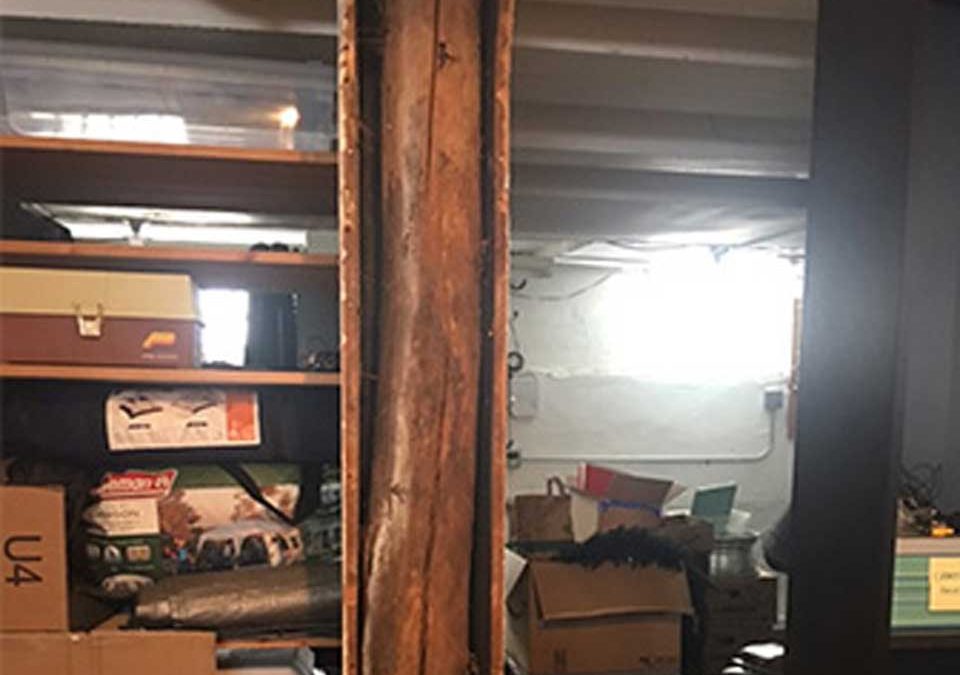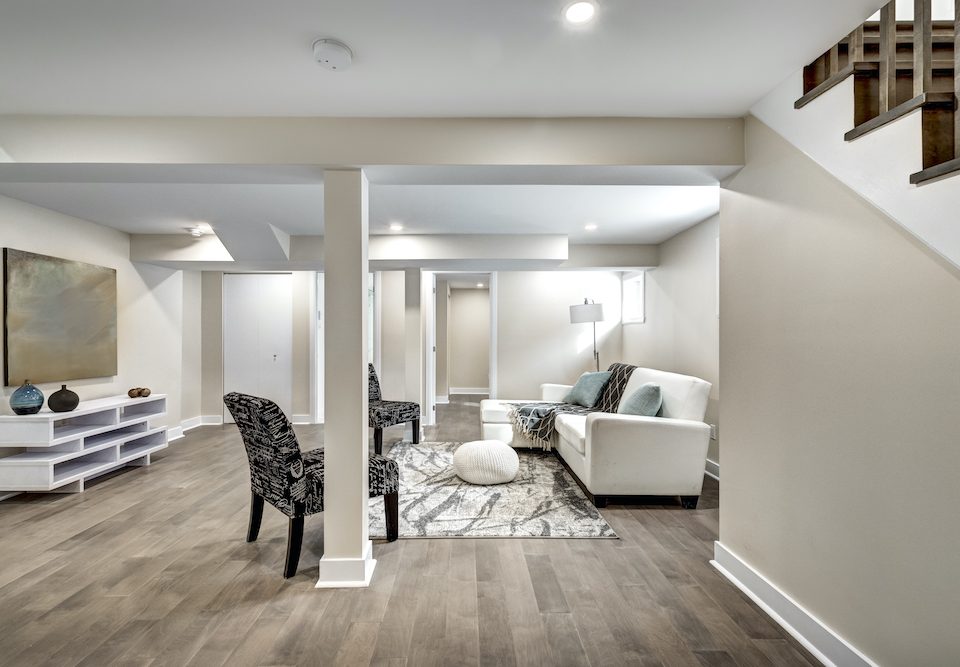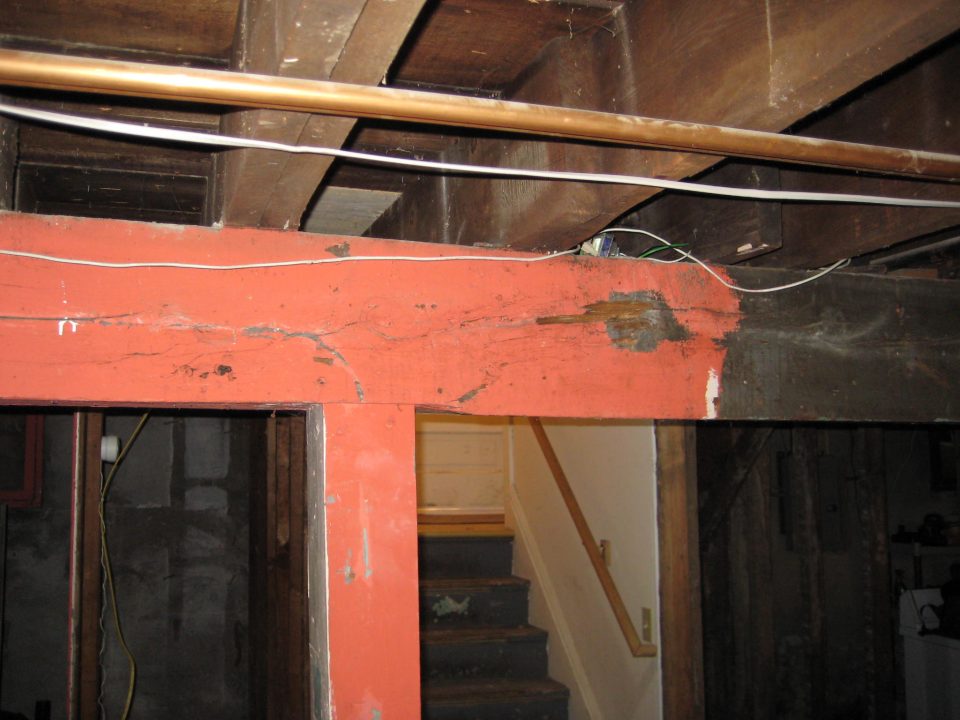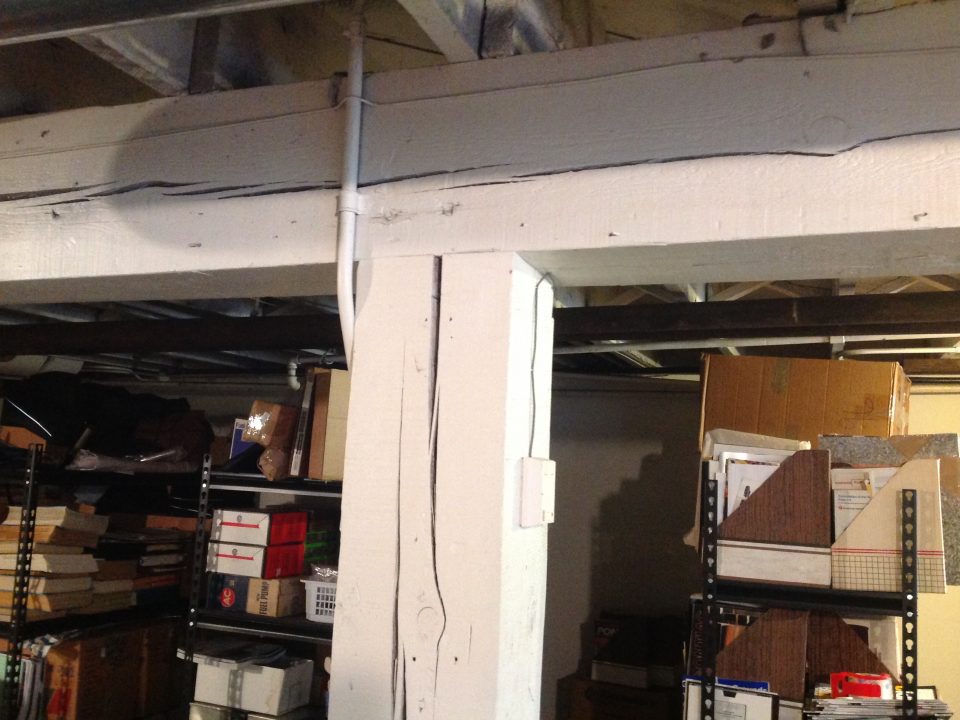Start At The Bottom

WHEN TO REPLACE YOUR BASEMENT POST AND BEAM SYSTEM
December 5, 2019Start At The Bottom
As a home ages, so does its structure. If you own a house that is more than 75 years old, it is a good idea to look at the posts in your basement that support your house. While there is a lot that goes into the maintenance and upkeep of a home, this step is often overlooked and forgotten about. Of all the maintenance advice you could give a homeowner, shouldn’t this one be at the top of the list?
Most people hardly think of it. Neglecting the structure of a home can result in serious problems and those who ignore it end up paying the price. Our company has been called in many times by brand new homeowners who have only been in the house about a week and have gone through all of the normal due diligence steps: buyer’s inspection, truth in housing reports, multiple walk-throughs, and have failed to notice that the posts holding up their house are rotten and sagging. This is a big problem.
Now you see how important it is to keep an eye on your basement posts. Here are signs of damage that homeowners should be wary of:
Rot Squash
OK – we made this term up. But it describes the situation better than any other. Back in the day, the posts that held up a house were stuck in the ground and the basement slab was poured around them. This is an incorrect technique that can result in future problems. The moisture level at the base of the post is so high that the post starts drinking water through the bottom. If this technique has been used on a home, the posts could be sitting in water for 75-100 years! Affected posts, which have a lot of weight above them, get softer over time and end up getting shorter and shorter. The end result? Sagging floors.
So how do you tell if your posts are soft? Try sticking a pointed object into the post at the lowest point where it touches the slab. Often it is so soft that you can stick a knife in all the way to the handle. If this is the case when checking your posts, your house is resting on soft, rotted wood. NEVER buy an old house that has wooden structure without doing this.
Camouflage
Look closely at your posts. Did someone encase them with thin boards that cover them?
No one does this for aesthetic reasons. Does anyone ever invite you into their unfinished basement to look at their posts when you are at a dinner party? Most likely not. Then what’s the purpose of these boards? To hide something. These thin finish boards are installed to hide the fact that the posts are cracked, rotten or cut from trees in the back yard in 1918.
Same thing for “baseboards” installed around the bottoms of support posts in old, unfinished basements. We have pulled off dozens of these, nearly always exposing rot. If you notice posts covered with thin finish boards, know that what lies beneath is damage of some sort.
Cracks
Identifying cracks within your posts is the easiest type of damage to detect. When wood is overstressed it often reacts by cracking. In the same way that you break a stick across your knee, a beam that is spanning and has a lot of pressure on it gives in to the pressure by cracking, then shattering. The cracking phase lasts a long time and can get worse if it’s not addressed.
Here’s a good test: if a substantial crack’s length exceeds the width of the beam, then the beam is compromised. We often see cracks that are wide enough to insert a thumb. Then we see sloping floors upstairs. Then we meet homeowners who can’t sell their houses. Multiple buyers have often made offers subject to inspection. Then their inspectors cancel the deals when they see failing structure. New buyers see a long string of canceled offers (everyone sees everything on MLS these days) and owners are stuck with houses they can’t sell.
If you want to give an old house the most basic maintenance check, start at the bottom. What lies beneath your home matters. Everything else rests on it! At Brad Scott Construction, we address structure failure the right way. Give us a call at (952) 927-0198 if you believe that your older home could be experiencing possible structural failure.




